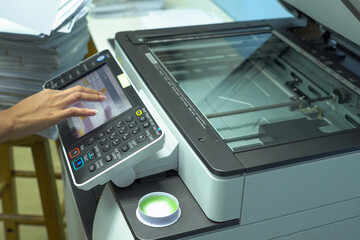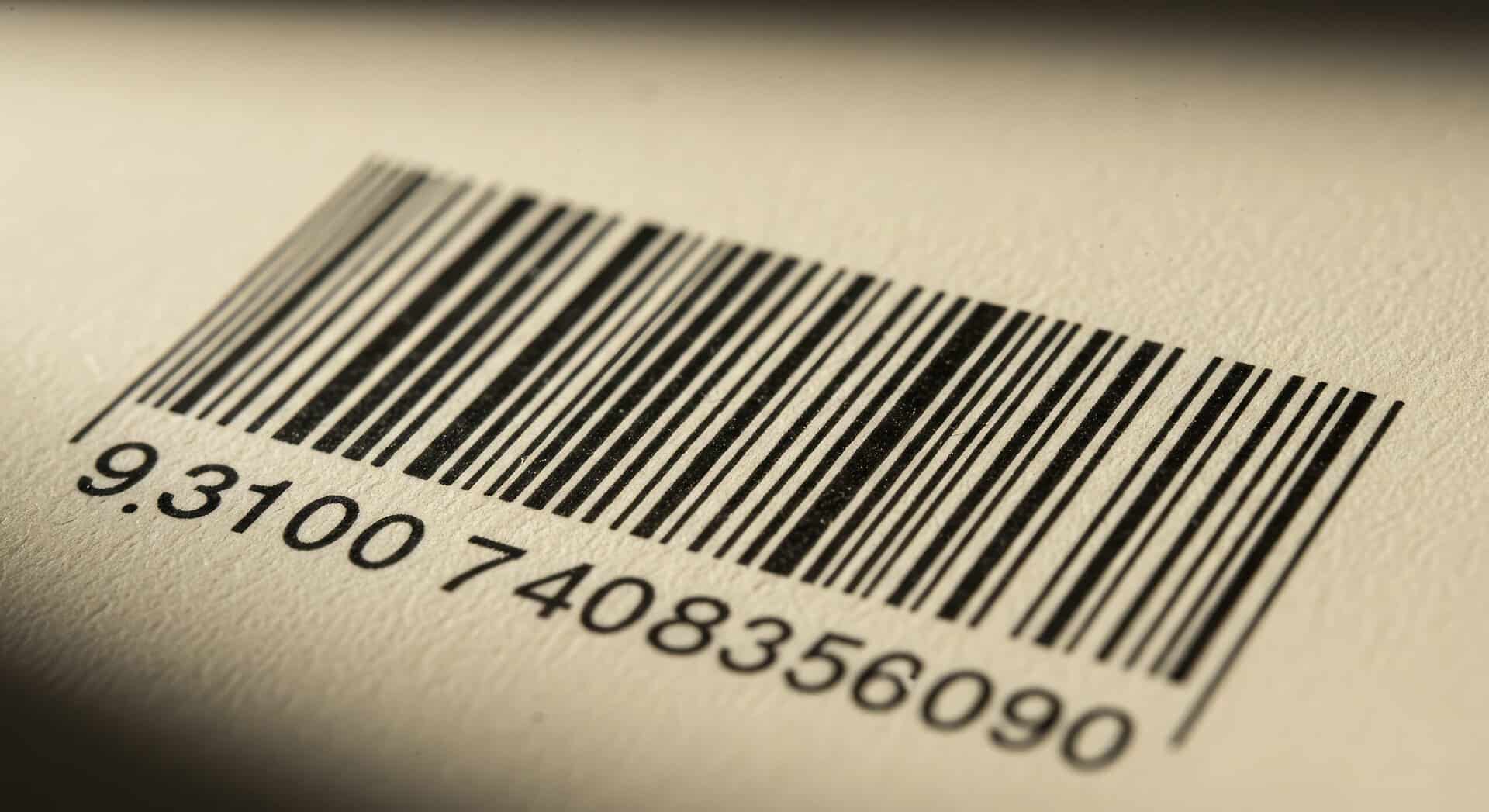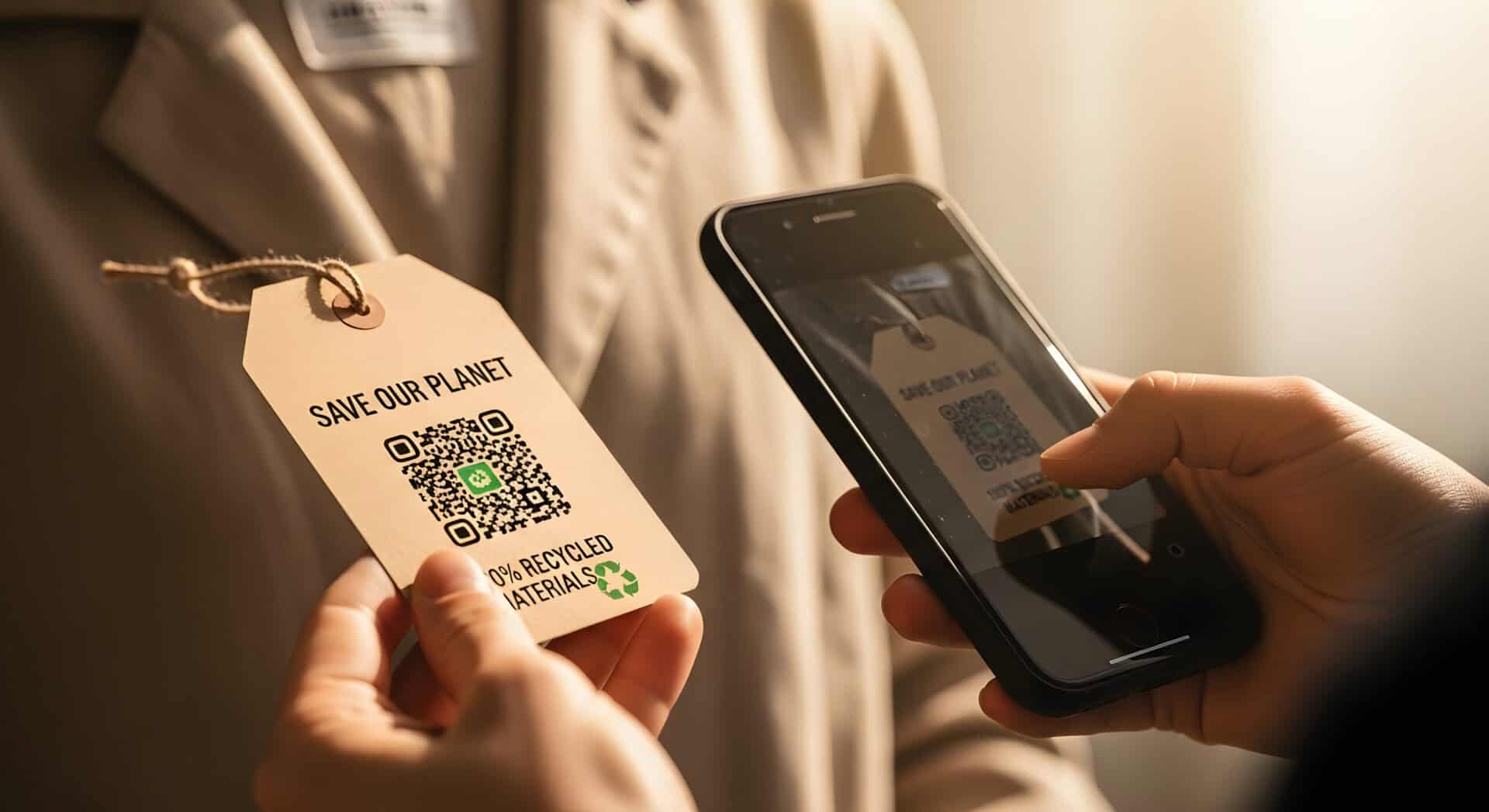Partner Blog By: DOUG NIEMEYER/TEKLYNX
Originally appeared on The Human Readable Blog, by TEKLYNX.
Companies with multiple locations have unique labeling challenges and needs. When its locations are spread around the world, those challenges and needs are magnified. Better connections are paramount in a global labeling environment, so companies should carefully consider how label management software and RFID technology can forge improved connectivity.
Enterprise label management software is built to offer a variety of solutions to the challenges of global labeling processes. By nature, it’s a flexible and configurable solution that can be molded to meet the labeling needs of any organization that requires security, efficiency, and accuracy in labeling.
4 Major Global Labeling Challenges – And How Enterprise Label Management Software Helps
Separate networks with large physical distance between them

Companies with a single central location can enjoy the simplicity of a single network that serves the entire company. But global companies don’t have this luxury. Global IT teams manage a complex infrastructure of networks in order to make data and software available to the right people at the right time. Label management software alleviates this burden in three key ways:
BROWSER-BASED PRINTING INTERFACE
- Print users can access the label printing interface directly through a web browser, removing the need to install or manage software licenses across numerous PCs worldwide. By reducing the software footprint, businesses free up valuable resources for other priorities. When combined with mobile device management solutions, this streamlined approach ensures greater efficiency, centralized control, and easier scalability for global operations.
EASY DEPLOYMENT AND MANAGEMENT OF SOFTWARE LICENSES
- For users who need to design labels, the required software can be deployed from a central cloud-based administration command center. The enterprise label management infrastructure and database are securely hosted in the cloud, while label design software can be deployed to local print stations.
CLOUD-BASED LABEL MANAGEMENT
- Today’s enterprise label management solutions are cloud-ready, providing built-in flexibility and scalability for global companies. Not only can the software be installed in the cloud, but label files and label data can be accessed from the cloud using the latest technology such as OData and RESTful API.
Labeling regulations vary by country

Companies with global footprints have to deal with labeling regulations that can vary country-by-country, not to mention export and import labeling requirements. Enterprise label management software gives global companies the tools to efficiently manage a variety of label templates and label printing rules.
SMART LABEL TEMPLATES
- Global businesses already know the benefit of using label templates instead of individual label files. They’re already connecting database fields, using system date and time stamps, and may even be leveraging formulas to generate label data. Database connections can also be used to manage label translations or add legally required text to labels. Advanced tools, such as VBScript, can take your labels to the next level by adding a layer of programming on top of the label to achieve your unique needs.
LABEL APPROVAL AND VERSION CONTROL
- Compliance labeling is critical to get right, and mistakes can be costly. Global label management requires a strictly enforced label approval process. Using enterprise label security and traceability software, global companies can define their approval process, assign user roles, and maintain a record of every action taken. Version control allows you to easily roll back changes if necessary.
ELECTRONIC SIGNATURES
- The label approval process can be configured to meet the needs of any global organization. For example, passwords can be required at each approval stage, meeting the need for electronic signatures required by labeling regulations such as the U.S. FDA’s 21 CFR Part 11.
Staff work across multiple time zones

With multiple locations comes the challenge of working across multiple time zones. Time zone challenges can be both practical and technical.
ELECTRONIC LABEL APPROVAL PROCESS LEVERAGES EMAIL
- If your label designer works in California, but your regulatory expert for Europe lives in Germany, they share few working hours. By the time the label designer completes the draft of a new label, the approver is at home enjoying dinner. The electronic label approval process ensures that an email will be waiting in the approver’s inbox the next morning. The approver can also log into the label management system to view all of their approval tasks in one place.
RESPECT FOR TIME ZONES
- Sometimes, the server and client of an enterprise label management system reside in different time zones. This can cause glitches in the label approval process and prevent users from checking out approved labels. An effective global label management system converts all date and time stamps to Coordinated Universal Time (UTC) with offsets, enabling respect for all time zones.
Complex labeling needs & high number of print users

Global companies tend to have more complex labeling processes, which increases the opportunity for errors. They also often have a high number of print users, and language barriers come into play across borders.
LABEL PRINT AUTOMATION
- Label print automation software takes the manual steps out of label printing. Using an existing business system (ERP, WMS, etc.), label print jobs are automatically triggered. The business system contains all the label data and generates a text file or database record that generates the print request. Automating label printing eliminates human interaction with the labeling process, greatly reducing the risk for labeling errors.
SIMPLIFIED LABEL PRINTING INTERFACE
- For many businesses, large portions of their labeling can be automated, but some processes still require a manual trigger. When a print user has to interact with the labeling software, it should be as simple and straightforward as possible to reduce the risk of error and make their job quick and easy. Global companies may also face language barriers for their print users. Different language versions of the printing interface may be deployed, or the interface may be simplified to allow users to easily use it without language fluency. A simple click-and-print interface can be implemented for easy visual identification of labels.
Centralized Label Management for Global Businesses
Today’s global businesses need a label management solution that is flexible and powerful enough to meet their needs. TEKLYNX CENTRAL 6.0 is built for better connections to meet these needs. Built on the foundation of the TEKLYNX 2021 products, TEKLYNX CENTRAL 6.0 includes powerful features and enhancements that serve companies in virtually every industry. Request a demonstration to learn how TEKLYNX CENTRAL enterprise label management solution can centralize your global labeling environment.
###


